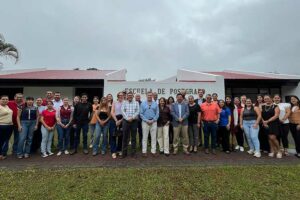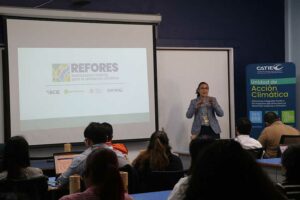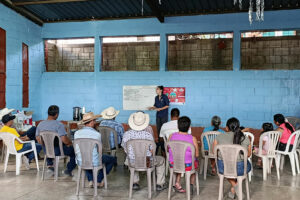Dominican Experts Analyze Methodologies to Evaluate Preventive and Control Practices Against Cocoa Moniliasis
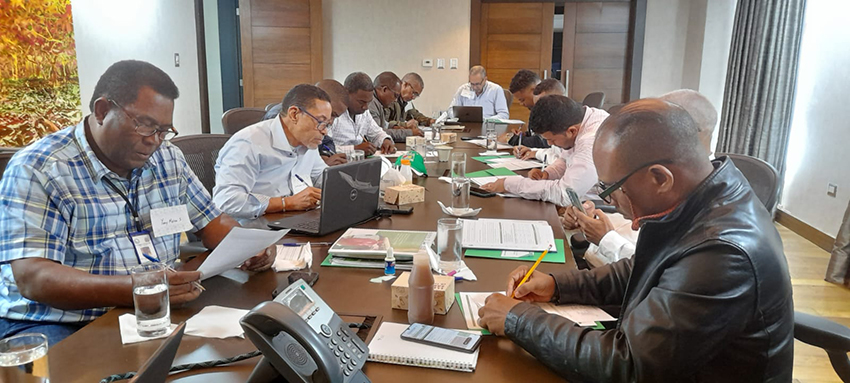
- A workshop organized by CATIE, FFAR, CONIAF, the National Cocoa Commission, and the Cocoa Department of the Ministry of Agriculture marks a step forward in the prevention and control of moniliasis, a latent threat to cocoa in the Dominican Republic.
The cocoa sector in the Dominican Republic is an important livelihood for more than 42,000 rural families. Currently, more than 171,875 hectares are cultivated with cocoa, which produce and export about 80,000 tons of cocoa and generate foreign exchange for the country worth USD 225 million a year. The country is one of the world leaders in organic cocoa exportation and a benchmark in post-harvest management and cocoa bean processing.
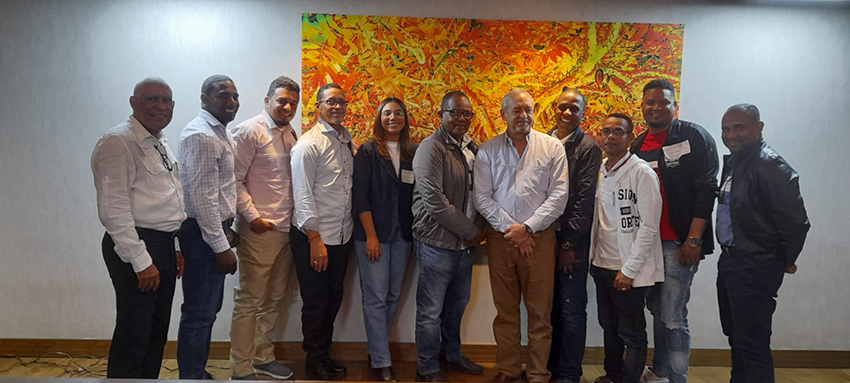
Under a joint research initiative by CATIE (Tropical Agricultural Research and Higher Education Center), the Foundation for Food & Agriculture Research (FFAR), and the National Council of Agricultural and Forestry Research (CONIAF), through the Rapid Outcomes from Agricultural Research (ROAR) call, a workshop titled "Rating Preventive and Control Practices Against the Risk of Cocoa Moniliasis Arrival in the Dominican Republic" was held.
The workshop, which is part of the thesis research of Francis Javiela Peralta, a master's student at CATIE, took place on March 6 and was attended by 10 experts from the national cocoa sector, who met to know, discuss, and rank a list of promising practices against cocoa moniliasis.
Throughout the day, methodologies for evaluating various preventive and control practices were presented and detailed, focusing on key attributes that facilitate their adoption in cocoa farms and along the entire value chain.
Participants, representatives of the most relevant institutions in the Dominican cocoa industry, including the National Cocoa Commission, the Cocoa Department of the Ministry of Agriculture, CONACADO, the Caribbean Technological Institute (ITC), and the company Fuparoca/Rizek, actively participated in the evaluation process and provided valuable recommendations for adopting new practices that reduce the vulnerability of the cocoa sector in the Dominican Republic.
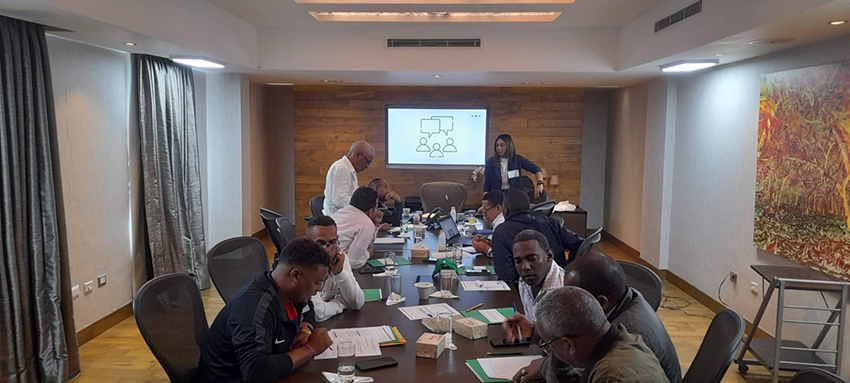
As a result, a comprehensive classification and evaluation of the prevention and control practices of cocoa moniliasis were obtained, which will now be validated with technical teams and producing families in the various cocoa-producing regions of the country. The most effective practices were identified, and possible improvements and areas of future focus were discussed.
"The workshop also served as a platform for the exchange of knowledge and experiences among technicians from various institutions, thus strengthening collaboration and coordination in the fight against this disease," Peralta commented.
The relevance of the results lies in the fact that moniliasis represents a latent threat to the production, export, economy, and industry of cocoa in the Dominican Republic.
"The contributions and recommendations of key actors become essential inputs to identify and promote the most effective prevention and control practices, thus ensuring the resilience of the cocoa sector in the long term," concluded Luis Orozco, a researcher from the Agroforestry and Coffee and Cocoa Genetic Improvement Unit at CATIE.
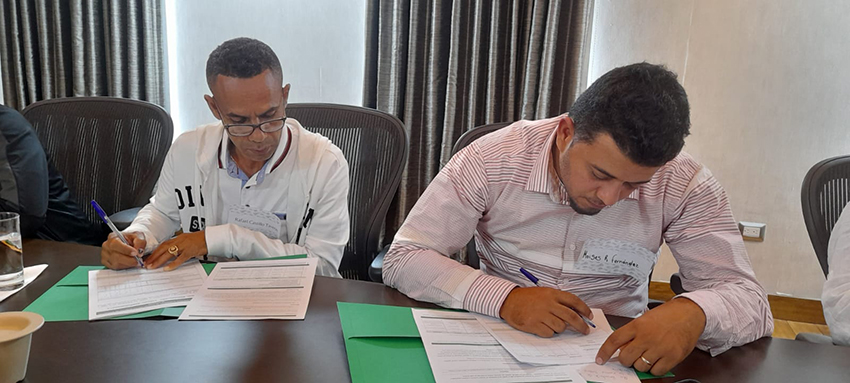
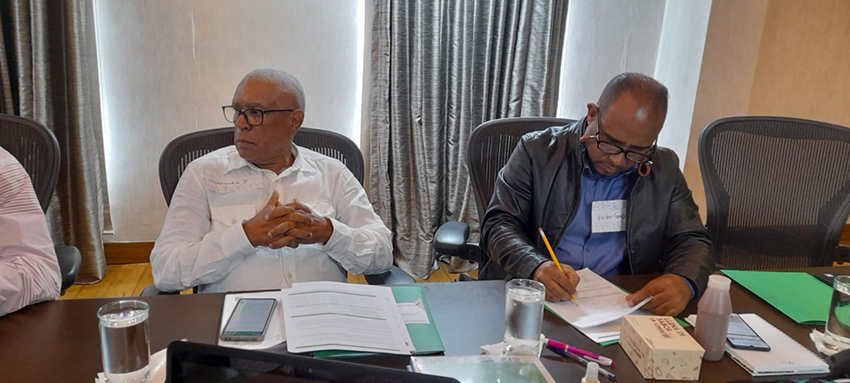
More information:
Luis Orozco Aguilar
Tropical Agroforestry Specialist
Agroforestry and Coffee and Cocoa Genetic Improvement Unit
CATIE
luisoroz@catie.ac.cr
Mariela E. Leandro
Cocoa Phytopathology Specialist
Agroforestry and Coffee and Cocoa Genetic Improvement Unit
CATIE
mleandro@catie.ac.cr
Juan Adalberto Hinojosa Gómez
Director, Cocoa Department
Ministry of Agriculture, Dominican Republic
juan.hinojosa@agricultura.gob.do
Written by:
Karla Salazar Leiva
Communicator
Communications and Marketing Office
CATIE
karla.salazar@catie.ac.cr
Tag:cocoa, monilia, prevención, Dominican Republic

